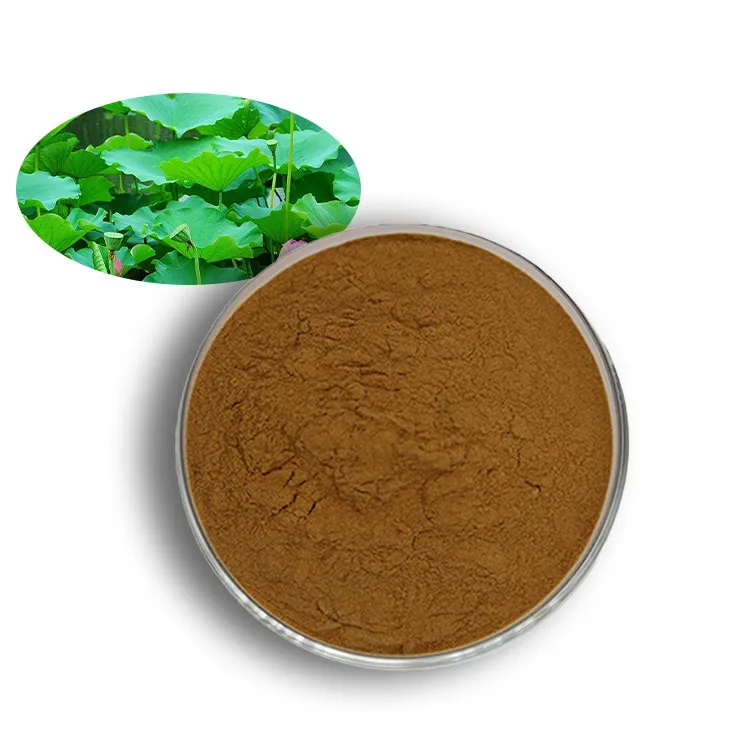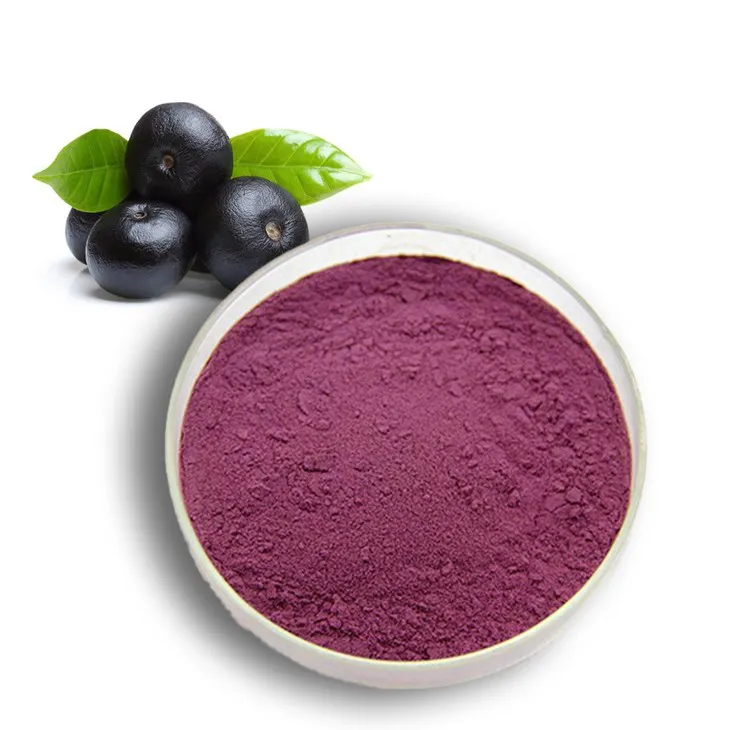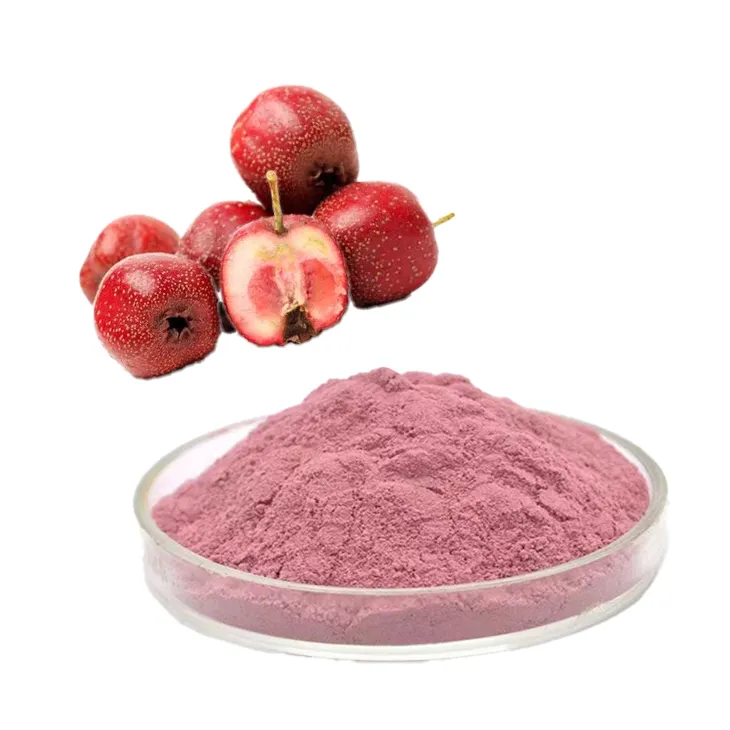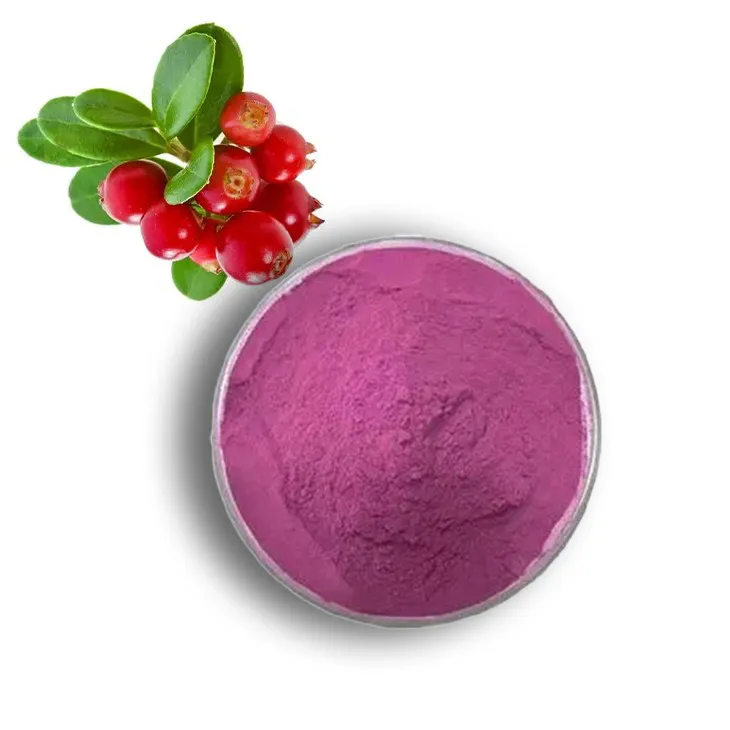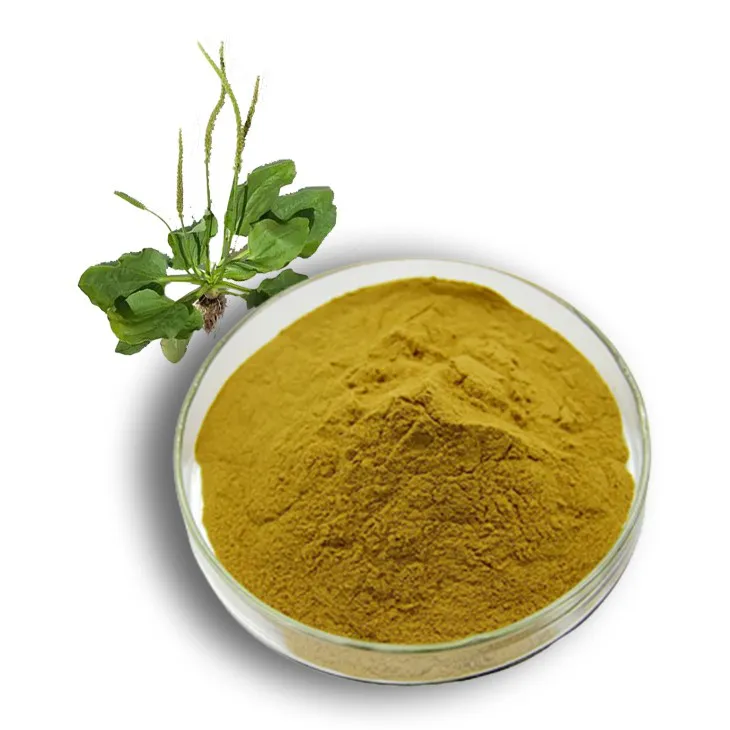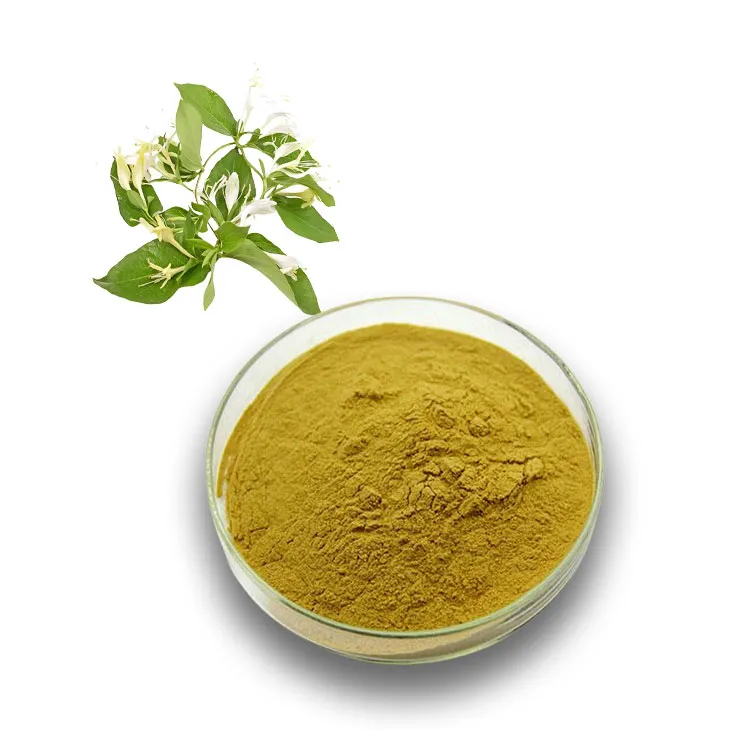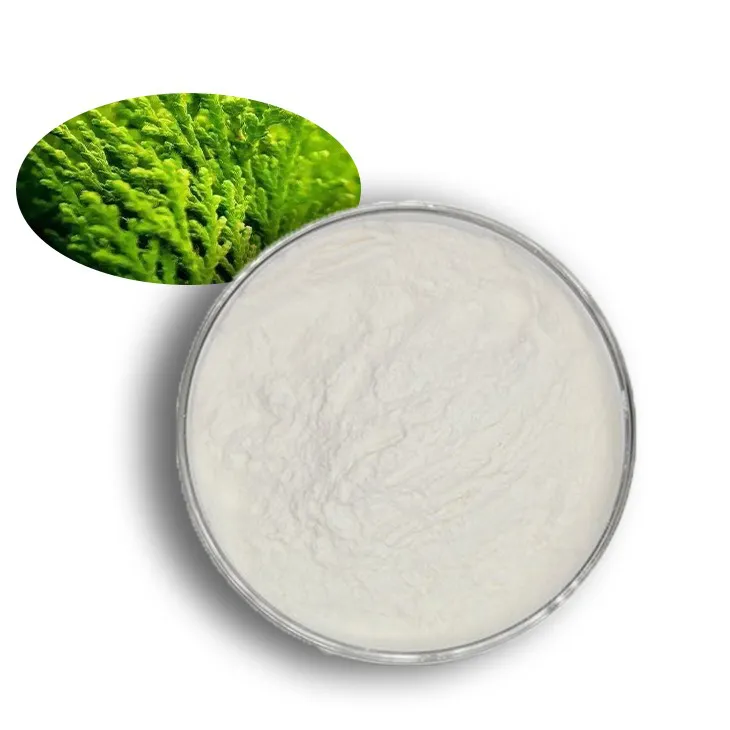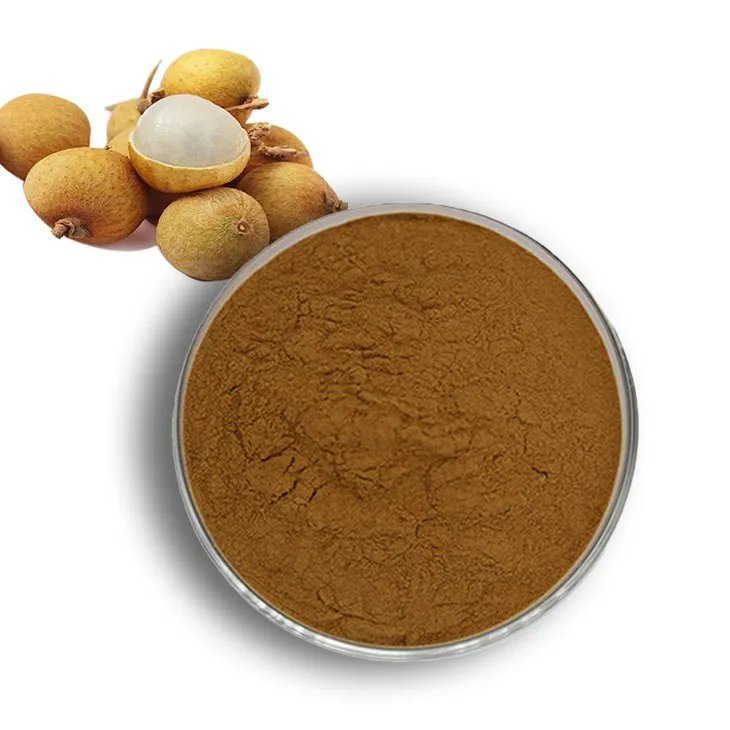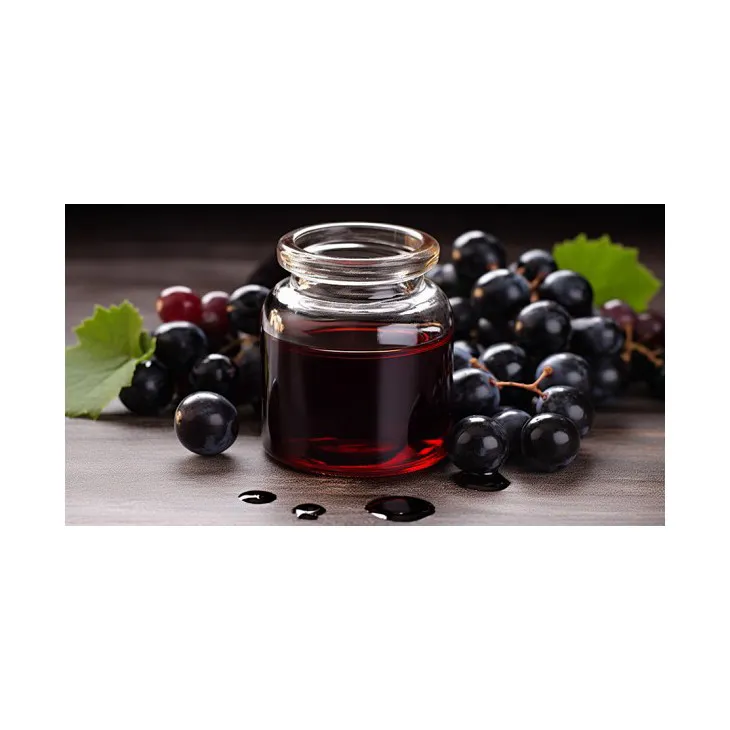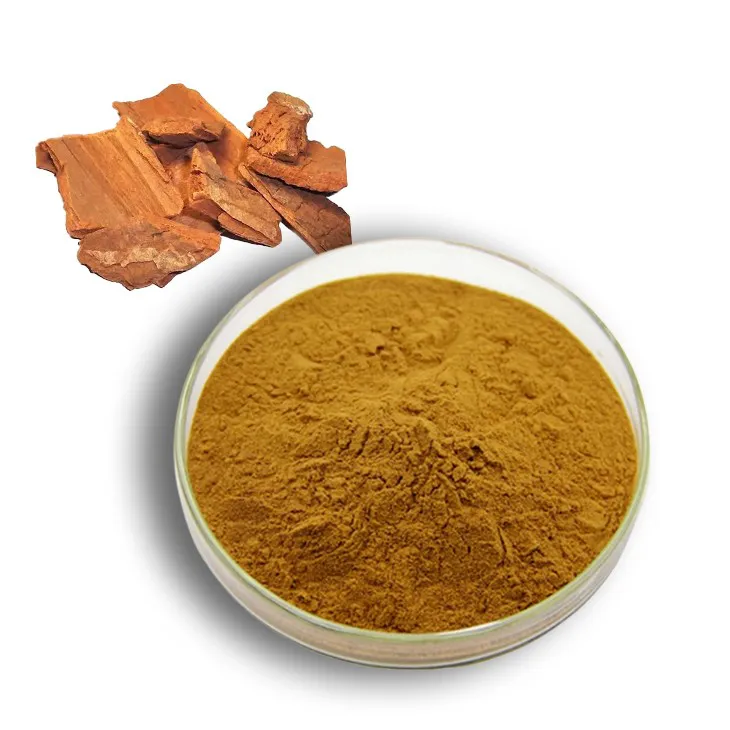- 0086-571-85302990
- sales@greenskybio.com
What Foods Are High in Hesperidin? An In-Depth Nutritional Guide
2025-06-20
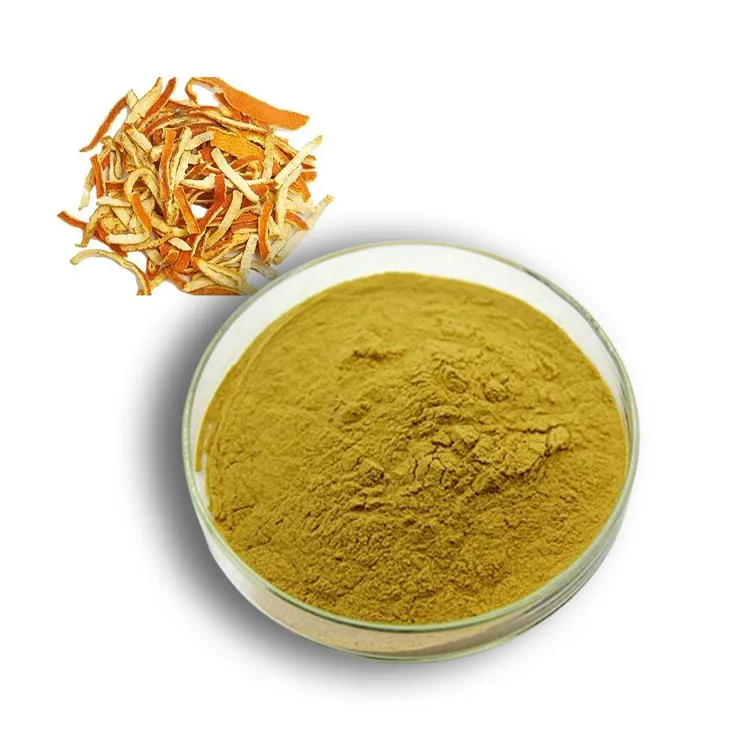
Hesperidin is a bioflavonoid well-regarded for its potent antioxidant, anti-inflammatory, and vascular protective properties. As scientific evidence grows regarding the health benefits of Hesperidin—ranging from improved blood vessel health to potential roles in immune support and cognitive wellness—many health-conscious individuals are looking to enrich their diets with this valuable compound. But what foods are rich in Hesperidin? This comprehensive article explores the best natural sources of hesperidin, how to maximize its intake, and why it matters to your health.
What is Hesperidin?
Hesperidin is a type of flavonoid, more specifically a flavanone glycoside, classified within the polyphenol family of plant compounds. Flavonoids contribute to the vibrant colors, flavors, and health-promoting qualities of many fruits and vegetables. Hesperidin is renowned for strengthening capillaries, reducing inflammation, supporting cardiovascular health, and offering antioxidant protection against free radical damage.
This bioflavonoid is most commonly recognized for its abundance in citrus fruits, where it plays a role in both the fruit's color and defense against pathogens. Research suggests that hesperidin, often combined with its close relative Diosmin, may help treat chronic venous insufficiency, hemorrhoids, and certain inflammatory diseases, and may even have potential neuroprotective effects.
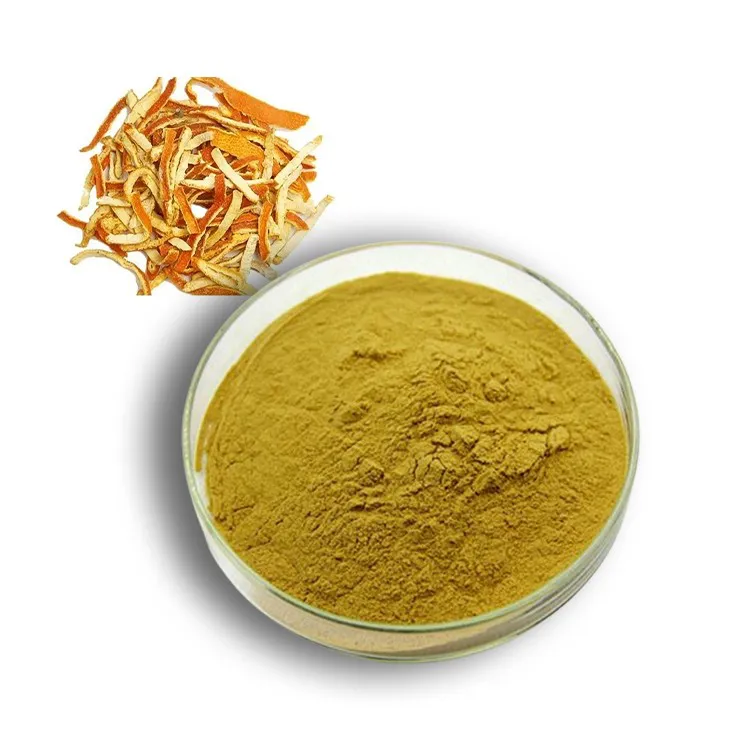
Top Food Sources of Hesperidin
1. Oranges
Oranges are among the richest natural sources of hesperidin. Both sweet and bitter orange varieties contain exceptional quantities, especially in the white inner rind (albedo) and the fruit’s juice vesicles. A glass of freshly squeezed orange juice can deliver significant amounts of hesperidin, though the whole fruit—including the pith—offers higher levels.
2. Tangerines and Mandarins
Tangerines, mandarins, and clementines are also abundant in hesperidin. These fruits are frequently consumed whole, which allows for greater intake of the bioflavonoid since much of it resides near or in the peel and the stringy pith beneath it.
3. Lemons and Limes
While best known for their vitamin C content, lemons and limes are also notable sources of hesperidin, particularly in their rinds and peel. Consuming zest, using lemon or lime peel in recipes, or enjoying marmalades with peel included can help increase dietary hesperidin.
4. Grapefruits
Grapefruit, especially the white varieties, contain appreciable levels of hesperidin. As with other citrus fruits, the highest concentrations are found in the peel and the pith.
5. Other Citrus Fruits
Bergamot oranges, pomelos, and bitter oranges (Seville oranges) contain significant hesperidin. These less commonly consumed citrus fruits are frequently utilized in marmalades, liqueurs, and some herbal teas.
6. Citrus Juices
Naturally squeezed citrus juices, and those not subjected to heavy filtration, tend to retain more hesperidin—especially if some pulp is left in. Commercial pasteurization and filtration may decrease hesperidin content, so freshly squeezed or lightly processed juices are preferable for maximum benefit.

The Role of Peels and Pith in Hesperidin Content
One of the unique characteristics of hesperidin is its concentration in the outer layers of citrus fruits. The inner white part of the peel, known as the albedo or pith, contains the highest levels, followed by the zest (colored outermost skin) and membranes. While it is less common to eat the peel directly, zest can be used in cooking or baking, and marmalades or candied peels are enjoyable sources.
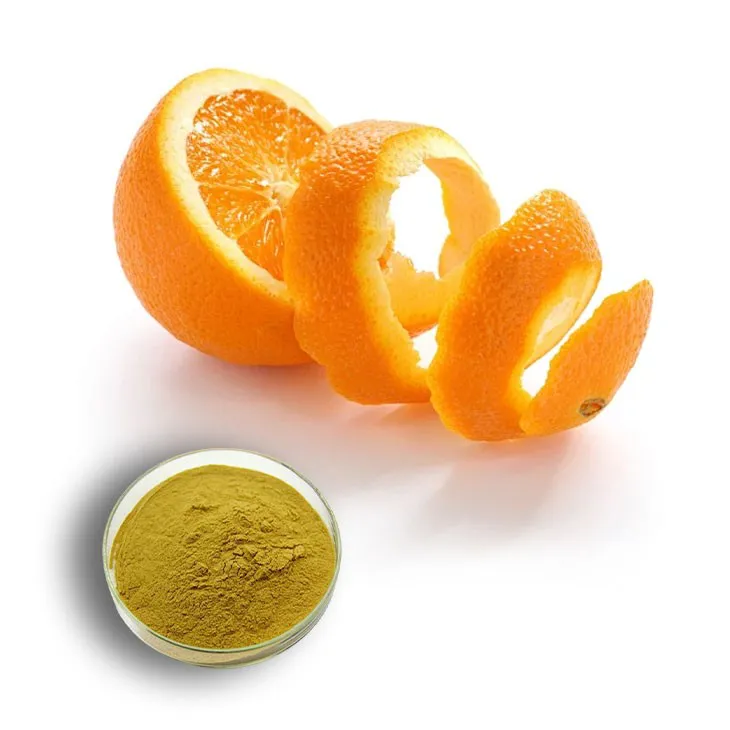
Hesperidin in Non-Citrus Foods
Though citrus fruits are the predominant dietary source of hesperidin, trace amounts can be found in certain non-citrus foods, including:
- Some herbs, particularly those belonging to the mint family
- A few vegetables, such as sweet peppers
- Occasionally, in teas flavored with citrus peel
However, the concentrations in non-citrus foods are considerably lower than in oranges or tangerines.
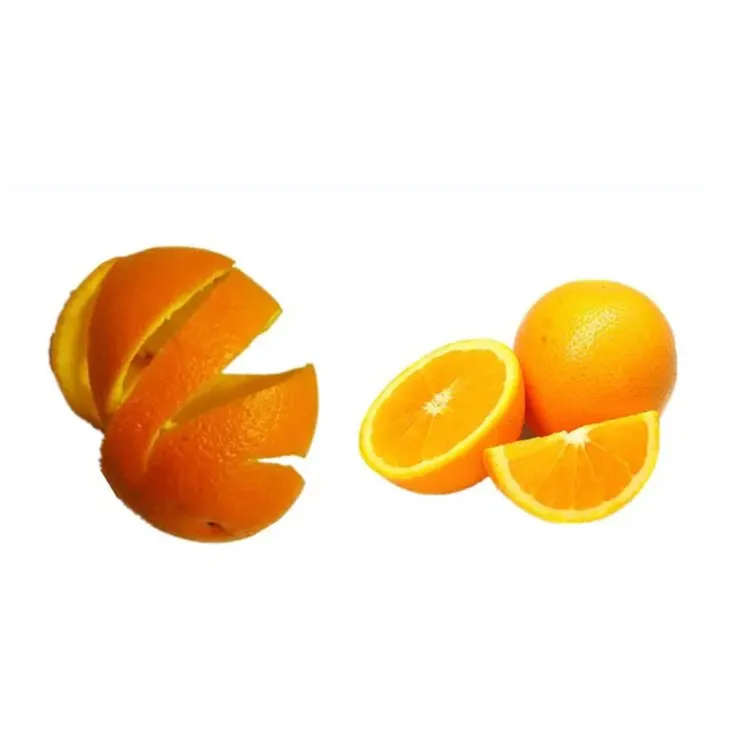
Maximizing Hesperidin Intake: Practical Tips
- Eat Whole Citrus Fruits: Enjoying the whole fruit, including some of the pith and membranes, yields higher hesperidin levels than consuming only the juice.
- Use Citrus Zest: Grate or peel the zest from organic lemons, limes, or oranges and add it to salads, yogurts, marinades, or baked goods.
- Try Marmalades or Candied Citrus Peel: These products utilize more of the whole fruit, including the pith, boosting hesperidin content.
- Choose Freshly Squeezed Juice: Juicing at home preserves more pulp and phytonutrients compared to highly processed store brands.
Bioavailability and Cooking Considerations
Research shows that hesperidin is somewhat resistant to heat but can be lost in highly processed or filtered foods. Lightly cooked citrus-centric dishes or beverages (like traditional hot lemon water) preserve much of the flavonoid content. To maximize bioavailability, enjoying citrus with a small amount of healthy fat—like in a salad with olive oil—may aid absorption.
Health Implications of Hesperidin
Regular intake of hesperidin-rich foods may contribute to:
- Improved capillary and vascular health
- Reduced inflammation and oxidative stress
- Support for immune and brain function
- Potential reduction in blood pressure and better metabolic health
These benefits are most effectively achieved as part of a balanced diet rich in fruits, vegetables, whole grains, nuts, and legumes.
Conclusion
Hesperidin is a powerful plant compound with immense health-promoting potential. Citrus fruits—namely oranges, tangerines, lemons, limes, and grapefruits—are the richest dietary sources, with the greatest concentrations in the peel and pith. Incorporating citrus fruits and products such as zest and marmalade into your daily meals is a flavorful and effective way to boost your hesperidin intake. Remember, a varied and colorful diet not only improves your hesperidin status but supports robust wellness across the board.
Green Sky Bio provides the best extracts and supplements. It is a century-old brand that is trustworthy! Welcome to email us to inquire about our products.
- ▶ Hesperidin
- ▶ citrus bioflavonoids
- ▶ plant extract
- ▶ lycopene
- ▶ Diosmin
- ▶ Grape seed extract
- ▶ Sea buckthorn Juice Powder
- ▶ Beetroot powder
- ▶ Hops Extract
- ▶ Artichoke Extract
- ▶ Reishi mushroom extract
- ▶ Astaxanthin
- ▶ Green Tea Extract
- ▶ Curcumin Extract
- ▶ Horse Chestnut Extract
- ▶ Other Problems
- ▶ Boswellia Serrata Extract
- ▶ Resveratrol Extract
- ▶ Marigold Extract
- ▶ Grape Leaf Extract
- ▶ blog3
- ▶ Aminolevulinic acid
- ▶ Cranberry Extract
- ▶ Red Yeast Rice
- ▶ Red Wine Extract
-
Lotus leaf extract
2025-06-20
-
Acai Berry Extract
2025-06-20
-
Hawthorn powder
2025-06-20
-
Europen Bilberry Extract
2025-06-20
-
Plantain extract
2025-06-20
-
Honeysuckle Pollen
2025-06-20
-
Carrageenan Extract Powder
2025-06-20
-
Longan Extract
2025-06-20
-
Red Wine Extract
2025-06-20
-
Yohimbine Bark Extract
2025-06-20











